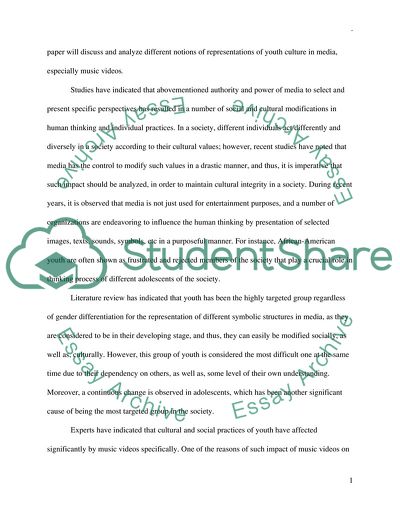Cite this document
(Representations of Youth Culture in Music Videos Essay, n.d.)
Representations of Youth Culture in Music Videos Essay. Retrieved from https://studentshare.org/culture/1718834-developing-media-literacy
Representations of Youth Culture in Music Videos Essay. Retrieved from https://studentshare.org/culture/1718834-developing-media-literacy
(Representations of Youth Culture in Music Videos Essay)
Representations of Youth Culture in Music Videos Essay. https://studentshare.org/culture/1718834-developing-media-literacy.
Representations of Youth Culture in Music Videos Essay. https://studentshare.org/culture/1718834-developing-media-literacy.
“Representations of Youth Culture in Music Videos Essay”. https://studentshare.org/culture/1718834-developing-media-literacy.


